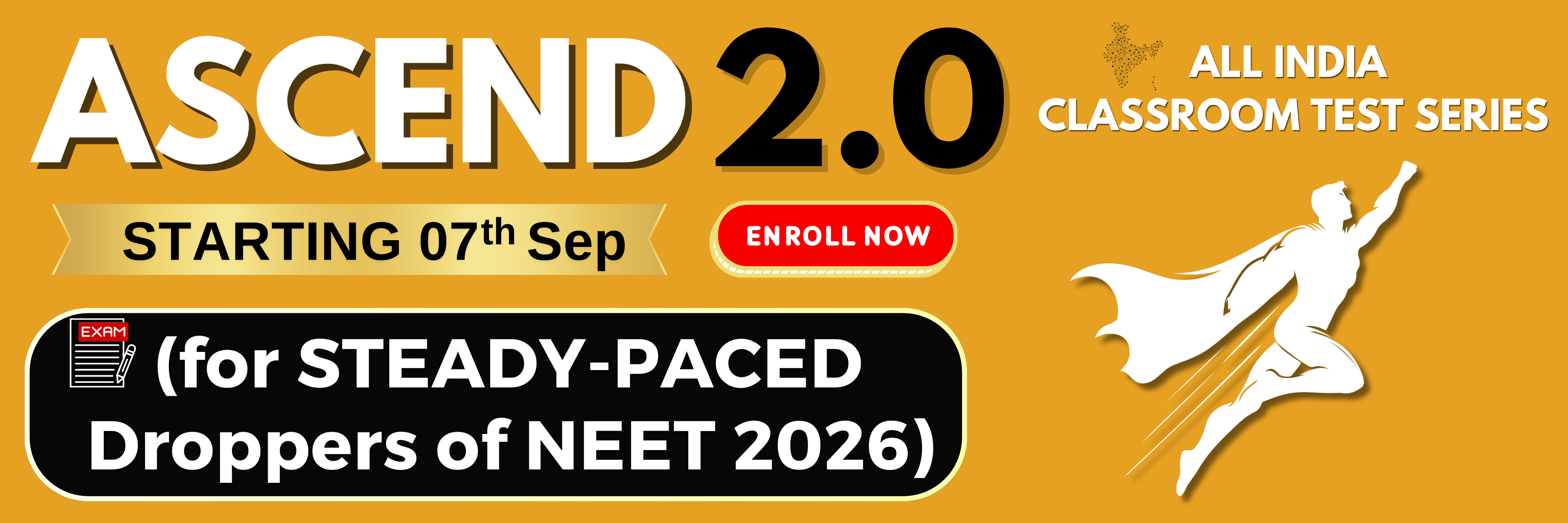The curve given below shows enzymatic activity with relation to three conditions (pH, temperature and substrate concentration) what do the two axis (X and Y) represent?

X-axis
Y-axis
(a)
Temperature
Enzyme activity
(b)
Substrate concentration
Enzyme activity
(c)
Enzyme activity
Temperature
(d)
Enzyme activity
pH
1. (a)
2. (b)
3. (c)
4. (d)

|
X-axis |
Y-axis |
|
|
(a) |
Temperature |
Enzyme activity |
|
(b) |
Substrate concentration |
Enzyme activity |
|
(c) |
Enzyme activity |
Temperature |
|
(d) |
Enzyme activity |
pH |
1. (a)
2. (b)
3. (c)
4. (d)
1. pythium
2. Xanthomonas
3. Pseudomonas
4. Saccharomyces
| (A) | Easily translocated |
| (B) | Chemically non-reactive |
| (C) | Easily digested by animals |
| (D) | Osmotically inactive |
| (E) | Synthesized during photosynthesis |
The useful properties are:
| 1. | (B) and (C) |
| 2. | (B) and (D) |
| 3. | (A), (C) and (E) |
| 4. | (A) and (E) |
A competitive inhibitor of succinic dehydrogenase is:
| 1. | malonate | 2. | oxaloacetate |
| 3. | α-ketoglutarate | 4. | malate |
The biological organisation starts with:
1. Submicroscopic molecular level
2. Cellular level
3. Organisms level
4. Atomic level
Which one of the following is a fat-soluble vitamin and its related deficiency disease?
| 1. | Ascorbic acid - Scurvy |
| 2. | Retinol - Xerophthalmia |
| 3. | Cobalamine - Beri-Beri |
| 4. | Calciferol - Pellagra |
An organic substance bound to an enzyme and essential for its activity is called:
| 1. | coenzyme | 2. | holoenzyme |
| 3. | apoenzyme | 4. | isoemzyme |
Which one out of A-D given below correctly represents the structural formula of the basic amino acid?
| A | B |
.svg) |
.svg) |
| C | D |
.svg) |
.svg) |
| 1. | C | 2. | D |
| 3. | A | 4. | B |
Transition state structure of the substrate formed during an enzymatic reaction is:
1. permanent but unstable
2. transient and unstable
3. permanent and stable
4. transient but stable
The essential chemical components of many coenzymes are:
1. Nucleic acid
2. Carbohydrates
3. Vitamins
4. Proteins






